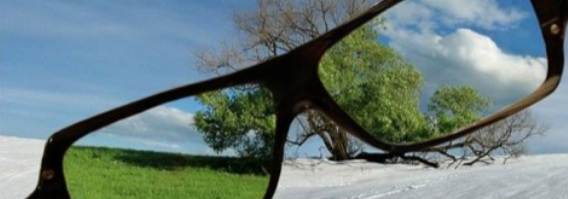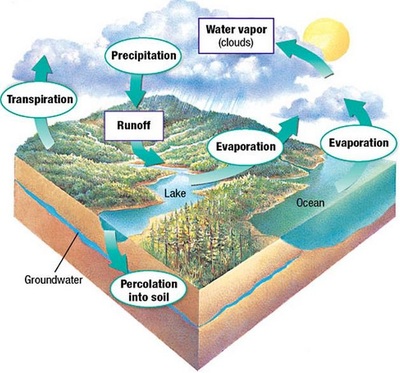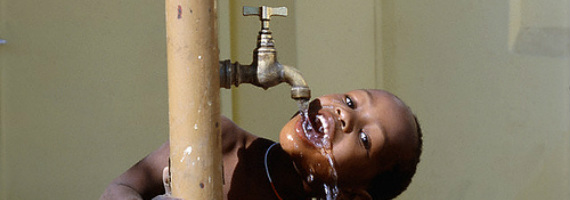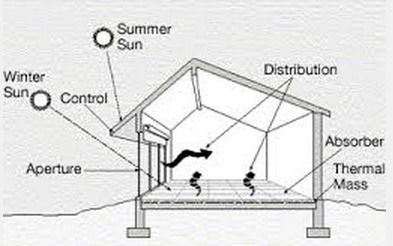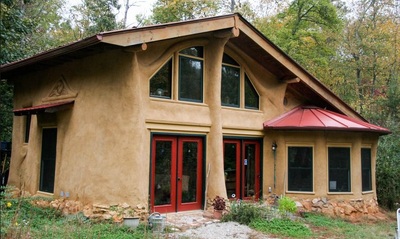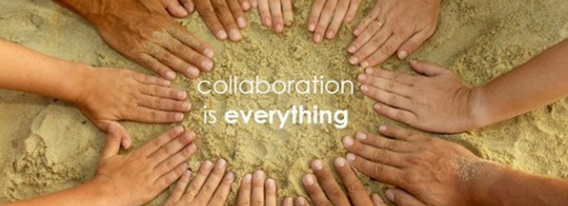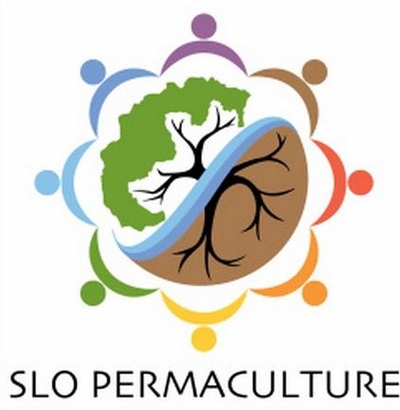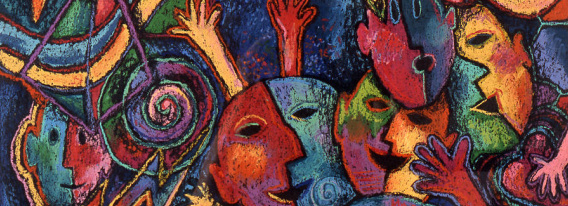This page is from an older permaculture design workshop in the "old days" before the lockdowns. So, feel free to use this daily schedult or adapt parts of it to your own permaculture classes and workshops. I suggest that you also teach your students how to teach others. That often is neglected.
Session Day Schedule:
The Day: Each Saturday Session is broken into four hour-and-a-half sections. In between the morning sessions and afternoon sessions is a tea break (tea and light snacks will be provided). There is an hour lunch break in the middle of the day.
NOTE: Lunch will NOT be provided. Please plan on bringing a packed lunch as some session site will be remote and not near a place to purchase lunch. Saturday Session Dates:
TBA
Workshop Schedule:
Check the Workshop tab for more detailed description of the workshops, including exact times, locations, and topics.
Workshop 1
|
Session 1 - Permaculture Ethics and Principles; Soil Food Web
|


